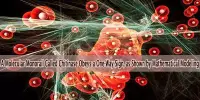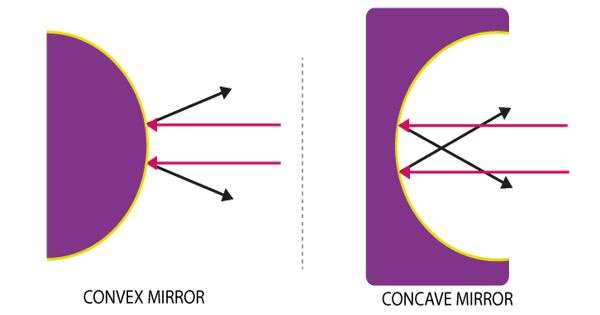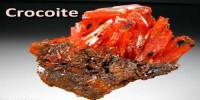Scientists at the University of Tokyo have succeeded in the challenging challenge of organizing quantum sensors at the nanoscale, enabling them to detect incredibly minute variations in magnetic fields. The development of quantum materials and electronic devices may benefit from the high-resolution quantum sensors.
The sensors, for instance, could aid in the creation of hard disks with storage components made of nano-magnetic materials. The use of a nanoscale configuration of quantum sensors has enabled the first successful high-resolution magnetic field imaging in history.
Everyday objects like smoke alarms, garage lights, and even atoms are sensors. Quantum sensors use the characteristics of an atom to sense its surroundings. For instance, in reaction to a magnetic field, an atom modifies its spin, which has two possible values akin to a magnet’s poles.
Superconductors and other quantum materials, as well as biomedical devices, can both benefit from the use of magnetic field sensors. Kento Sasaki, an Assistant Professor at the University of Tokyo, says, “Using such an unprecedented sensor, we want to observe a microscopic world that no one has ever seen.”
The goal of the project was to create reliable quantum sensors that could be put close to objects like disks and wires. To date, however, it has been difficult to precisely arrange atoms in a way that allows for the ability to detect minute fluctuations in the magnetic field.
“Although individual quantum sensors are small, their spatial resolution is restricted by the distance between the sensor and the measurement target,” says Sasaki. “To solve the problem, the researchers established a technique for creating nano-sized quantum sensors on the surface of the measurement target.”
The team used two-dimensional hexagonal boron nitride, a thin crystalline substance having nitrogen and boron atoms, as quantum sensors. Boron vacancies or lattice defects are found in this material. As a quantum spin sensor discovered in 2020, the boron vacancy defect is the new kid on the block.
Although individual quantum sensors are small, their spatial resolution is restricted by the distance between the sensor and the measurement target. To solve the problem, the researchers established a technique for creating nano-sized quantum sensors on the surface of the measurement target.
Professor Kento Sasaki
The team was able to remove the Scotch tape from the crystal and produce a thin hexagonal boron nitride sheet. The thin layer was adhered to the target gold wire by the researchers. Then, they used a high-speed helium ion beam to blast the film, which caused boron atoms to escape and create the 100 nm2 boron vacancy patches.
Each spot contains many atom-sized vacancies which behave like tiny magnetic needles. The sensors’ spatial resolution improves as the dots get closer to one another. Based on the intensity of light emitted from the dots in the presence of microwaves, the team assessed the magnetic field at each place as current flowed through the wire.
The accuracy of the high-resolution quantum sensors as demonstrated by the observed magnetic field values nearly matching the calculated values astounds the researchers.
Even at room temperature, it is possible to detect the change in the sensor’s spin state caused by the presence of a magnetic field, making it simple to find the currents and magnetic field in the area.
Additionally, the van der Waals force is all that is needed for the boron nitride nanofilms to adhere to things, making it simple for the quantum sensors to adhere to many materials. This method will be used by Sasaki and his team to study quantum materials and condensed matter physics.
“It will enable direct detection of the magnetic field from, for example, peculiar states at edges of graphene and microscopic quantum dots,” adds Sasaki.
Beginning to change how humans see microscopic environments and hence comprehend macroscopic features are atom-sized quantum sensors. Their uses go beyond fundamental scientific inquiry.
They can be used to map subsurface ecosystems, picture human brains, precisely geolocate, and track geological movements and volcano eruptions. The prospective applications of Sasaki and his team’s nanoscale quantum sensors in semiconductors, magnetic materials, and superconductors are still being explored.
















